French Architect and Building Contractor Perret gained fame for his application ofreinforced concreteand ability to foresee new possibilities in architectural figurative expression.
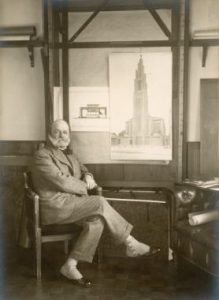
Image source:https://search.creativecommons.org/photos/3907fb78-c097-492b-894d-0af9d9ad6ed1byivtoran
About His Life
Auguste Perret was born in Ixelles, Belgium in 1874. He was a prosperous builder’s son, and together with his brothers, Gustave and Claude, he inherited his father’s building company. Here, they experimented withreinforced concreteand for their first project, they created the first multistory concrete building. Quickly, the brothers established themselves as specialists in concrete design. Then, Perret entered theEcole des Beaux Arts in 1891, but never officially graduated because it would have negated his possibility to work as a contractor.

Image source:https://search.creativecommons.org/photos/921bd8a0-82d8-4a8d-8003-9db1a0e04b42bydalbera
His Major Works
Together with his brothers Gustave and Claude, Perret built (1903) at 25 rue Franklin in Paris, which was probably the first condominium designed forreinforced concreteconstruction. His garage onrue de Pontier (1905) shows how light and open an interior can be when the use of reinforced concrete minimizes the need for structural supports. Through the open frame, the garage demonstrates Perret’s concern for structural integrity.
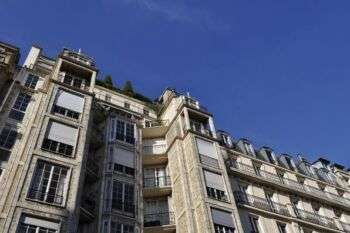
Image source:https://search.creativecommons.org/photos/8499ec92-3613-423a-8ddb-03d9bf342878byseier+seier
结构也有一个显著的特点the interior of his Parisian Théâtre des Champs Elysees (1913). He used thin vaulted roofs for his warehouses in Casablanca (1915) and elegant concrete arches for a garment factory in Paris (1919). The publicity caused by Perret’s creation of the Church of Notre Dame at Le Raincy (1922–23), near Paris, confirmed the innovative and progressive nature of his ideas and the enormous structural potential of reinforced concrete.
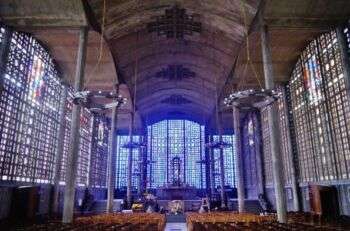
Image source:https://search.creativecommons.org/photos/810a1245-c238-48ae-9cbc-16e53852b868byZairon
About His Style
Perret blended modern architecture withGothicforms. In contrast to modern theorists, he gave attention to detail and texture. He connected natural forms,classicalsymmetry and order, and the structural system of concrete. Although Perret viewed concrete as a superior form of construction to masonry, he viewed each element separately. Additionally, he did not use concrete to form a structural whole in the way suggested byLe CorbusierandWalter Gropius.
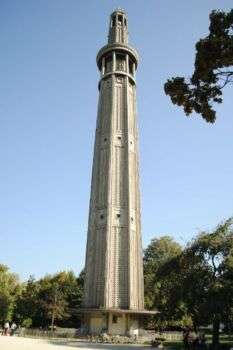
Image source:https://search.creativecommons.org/photos/1042c454-93aa-4045-8a66-2b843fdcb22dbydemiante
Other Buildings
- Concert hall of theEcole Normale de Musique de Paris(1929)
- Hotel Saint-Georges(1932) in Beirut, Lebanon
- Extensions onEcole nationale superieure des Beaux-Arts(1945) in Paris, France
- City Hall,St. Joseph’s Churchand reconstruction of the French city ofLe Havre(1949–1956) after more than 80,000 inhabitants were left homeless following the Second World War
- Gare d’Amiens(1955)
- Villa Aghionin Alexandria (partial attempted destruction, 28 August 2009. Destroyed by January 21, 2016)
- Tour Perretin Grenoble
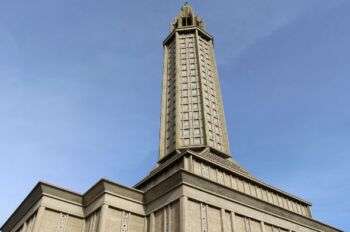
Image source:https://search.creativecommons.org/photos/c405f708-a052-4b2e-93b6-1f60d4c86c02bycorno.fulgur75
Info sources:
http://www.encyclopedia.comhttps://www.britannica.comhttp://www.greatbuildings.com/architects/Auguste_t.htmlhttps://alchetron.com/Auguste-Perret-1236160-W
